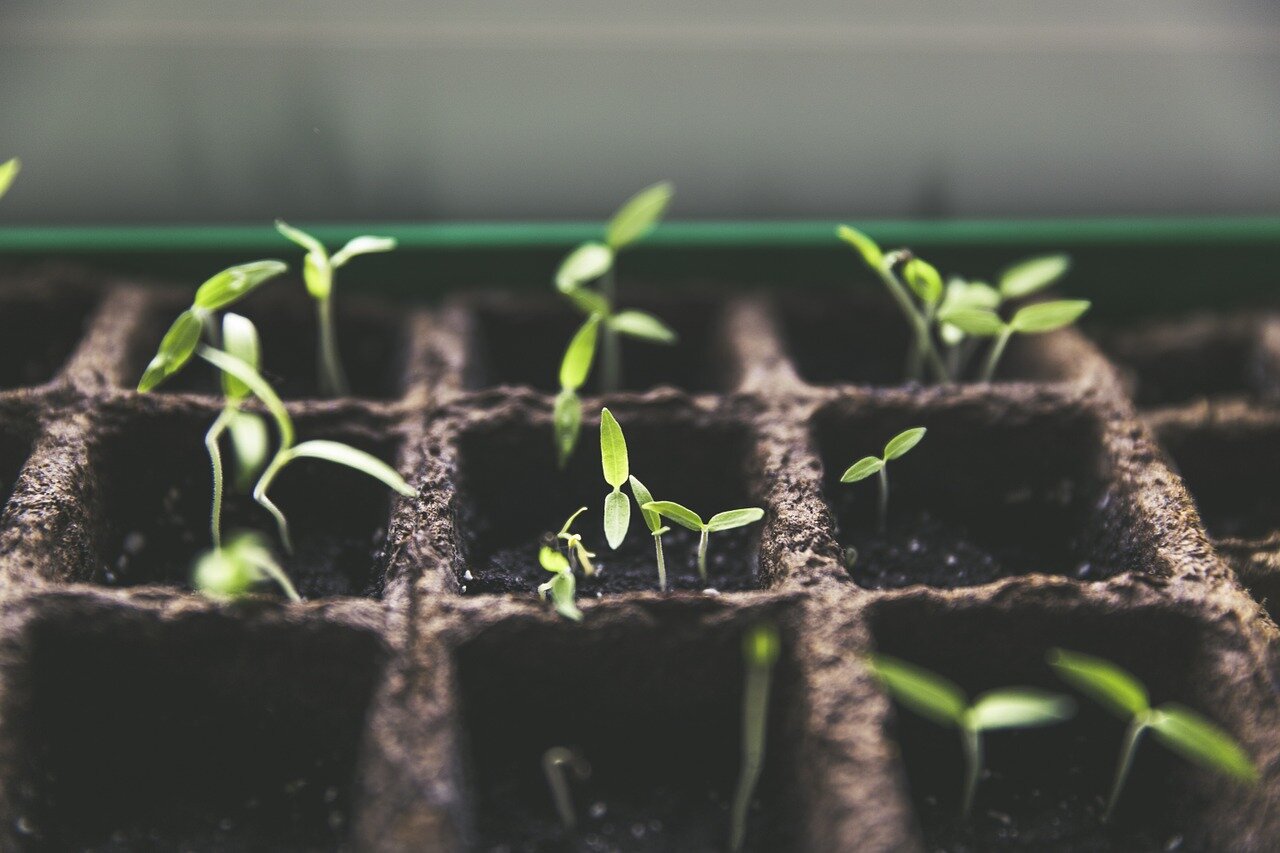- Most young scientists will not study plant science. So why did I?
- Plant science: overlooked research area that gave birth to cell biology
- Particle theory: how a humble finding in plant science transformed physics and chemistry
- Osmosis: phenomenon born out of plant science linked physics and physiology, saves lives
- Virology: science and medicine discipline emerged from plant science
- Plant science discovered first-ever enzyme and kick-started biochemistry
We all know and appreciate that plant science is vital for our food security and in our fight against climate change. What’s less recognised is the fact that plant research is equally important to generate new knowledge to advance research and innovation across all disciplines. However, general disregard for plant research is proving to be highly detrimental as prospective young scientists often overlook plant science.
Ever since the early days of science, plants have been central to breakthroughs that have enabled technological advances that we enjoy today. Therefore, I’m writing a series of blog posts to highlight a few significant findings from research in plants. This blog is the third of the series. In the first blog, I emphasise how breakthrough studies by plant scientists using plant models gave birth to the new field of cell biology or cell science. In the second blog, I explain how Albert Einstein’s work, influenced by plant science, helped provide evidence for the particle theory that revolutionised physics and chemistry. Here, I describe how plant research identified a physical phenomenon that we know as osmosis.
Osmosis
Water covers almost three-quarter of the Earth’s surface – our oceans and seas are full of it. So why is it that we hear about water crisis, drought and water shortage almost on a daily basis? Why can’t we just drink from the ocean, use the saltwater to grow food and live happily ever after? The simple answer is that if we do so, we would die to dehydration, and the poor plants would die too.
If you put a flower in a cup full of seawater, the flower starts to wilt – which is weird given that it’s literally in water. This happens because the salt concentration in the seawater is higher than it is in flower. Whereas, the water concentration in the saltwater is lower than in flower. So the seawater actually sucks water out of the plant cell, and they die of dehydration. We would also suffer the same fate if we drank enough seawater. The same principles also apply to alcohol. We will die of dehydration if we replace water with the average beer (4-5 percentage alcohol by volume). And it all happens because of a phenomenon known as “osmosis”.
We all learnt about osmosis in our secondary school biology classes. Books define osmosis as “the movement of water molecules, from a region where the water molecules are in higher concentration, to a region where they are in lower concentration, through a partially permeable membrane.” The partially permeable membrane allows water and small molecules to pass through, but not larger molecules. The cell membrane is an example of a partially permeable membrane that allows movement of solvents, therefore subject to osmotic effects. Of course, this is classic secondary school biology. What the biology books don’t mention is that osmosis origins from plant science research.
Beginnings in plant science
Despite boring millions of school children across the world, osmosis is a phenomenon that has changed our understanding of cell physiology. We now understand that it’s because of osmosis that plants uptake water through their roots. Or why we can’t live on drinking seawater or beer.
Like the Brownian motion (random movement of particles), osmosis was also first described by a plant scientist. Rene Joachim Henri Dutrochet was a French researcher studying plant and animal physiology. Having trained as a medical doctor, he shifted his focus to studying physiology after noticing similarities between the physical and chemical processes in plants and animals. In 1826, Dutrochet announced to the world a novel “dual-phenomenon” that he observed in his studies. He described and coined the term “osmosis” following his initial work investigating the movement of sap in plant tissues. Dutrochet noticed that there were two simultaneous, opposing movements. He described “endosmosis” as the fast movement of solvent, whereas the “exosmosis” is the slower, antagonist movement of solute in the opposite direction to endosmosis.
Dutrochet proclaimed that these two phenomenons wouldn’t occur without the other. (These days we know only know osmosis as a single phenomenon). He replicated these findings in animal tissues using chicken caecum (intestine). He saw similar movements in several different membranes to conclude that osmosis was a physical phenomenon that occurs beyond just plants and animals. Dutrochet also built the world’s first prototype osmometer, which is used to measure osmotic concentration. The discovery of osmometer is an example of the contribution of plant research towards innovation and technology generation.
Osmosis also has several other real-life applications including medical uses. Over two million people die each year from kidney disease due to a lack of access to treatment. The life-saving dialysis machine that works on the principles of osmosis has the potential to save millions of lives.
Osmosis is yet another research finding born out of fundamental plant science that has transformed disciplinary barriers. The phenomenon has helped link physics with physiology, and save numerous lives through its use in medicine. Thank you, plant science.



Leave a Reply